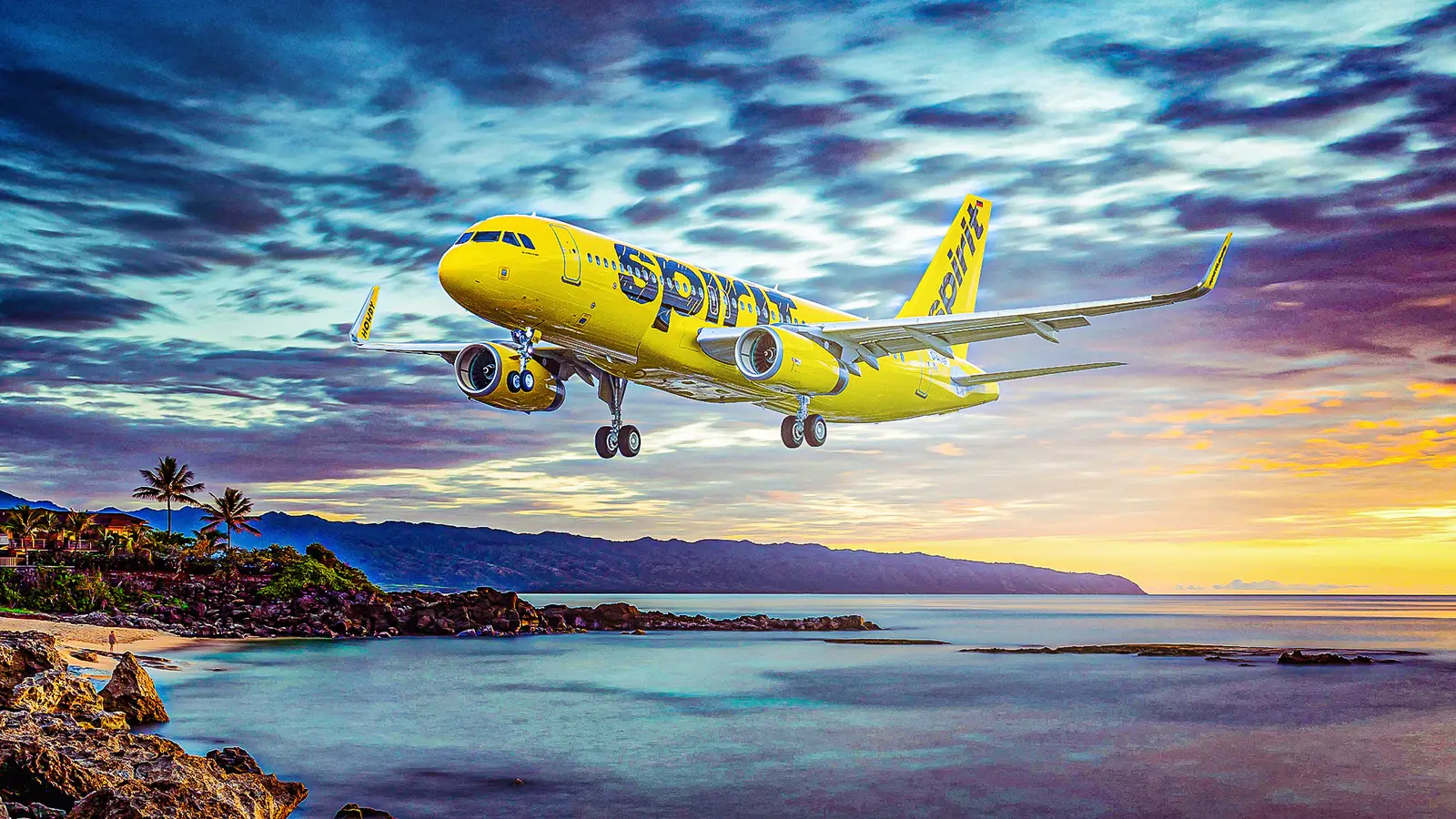Copyright Simple Flying

As Spirit Airlines shrinks and contracts, it has now announced its latest cost-saving measure. As reported by Reuters, the airline will cut roughly 150 salaried positions, while also terminating all services to five airports. This comes as the airline expects to record a loss of over $800 million in 2025 and aims to ruthlessly cut costs in an effort to survive. Spirit Airlines has been struggling financially for years and filed for bankruptcy in March 2025. Months after it exited, it once again filed for Chapter 11 bankruptcy protection in August 2025 and has been making deep cuts to its network, staff, and fleet size. Spirit isn't the only US airline struggling financially, but its situation is perhaps the most dire. More Cuts To Staff And Routes Spirit Airlines will be cutting 150 salaried jobs and ending all service to five airports. The changes will take effect in January, and the airports that Spirit will be pulling out of are St. Louis Lambert International Airport, Phoenix Sky Harbor International Airport, Milwaukee Mitchell International Airport, Frederick Douglass Greater Rochester International Airport, and Bucaramanga Palonegro International Airport, Colombia. Spirit will be pulling out of three of the airports on January 8, 2026, while it will pull out of Bacaramanga and Milwaukee on January 13, 2026. None of these airports are particularly large operations for Spirit: Spirit operates six routes to Milwaukee, while St. Louis and Rochester currently have three. Phoenix only has two routes, and Bucaramanga only has one. However, this comes as part of a general reduction in Spirit's flying. The airline is cutting flights to these destinations primarily from vacation destinations, which should be the carrier's bread and butter. Only one of these cities is a hub for a legacy carrier, so the fact that these routes are underperforming shows that Spirit is having difficulty with revenue on these routes that have limited direct competition. General Cuts At Spirit Airlines In October 2025, Spirit Airlines' CFO announced that the carrier would reduce its fleet by nearly 100 aircraft. This would come through early aircraft retirements, storing new planes, as well as rejecting future aircraft leases. As of now, Spirit's fleet only consists of 132 aircraft, nearly half of what it was at the beginning of the year. With such a huge reduction in fleet size comes a reduction in routes. In September, Spirit announced that it would furlough 1,800 flight attendants, roughly a third of its flight attendants. In October, the carrier announced that it would furlough 365 pilots and downgrade the status of another 170 pilots. This came months after the carrier announced plans to furlough 270 pilots, and 330 have already been furloughed. With staff cuts, fleet cuts, and network cuts, what we see is a case of "shrinking to profitability". While this is a valid business strategy, it's been less successful in the airline industry as carriers still maintain large overhead costs, and removing so many assets leaves Spirit Airlines vulnerable to competitors. This doesn't mean that Spirit is doomed to fail, but these decisions are not a positive sign for the company. Why Is Spirit Airlines Bleeding Money In part, this is because of Spirit's route network. It primarily focuses on connecting major cities to popular vacation destinations like Florida, the Caribbean, and Las Vegas. This leaves it vulnerable to competitive pressures from legacy carriers that often compete directly with Spirit. Its network is also focused on the Eastern part of the United States. The US's most profitable budget airlines often avoid direct competition to a much greater extent. Budget airlines in general have also been struggling. JetBlue is projected to have lost over $100 million in 2025, and while its JetForward turnaround plan appears to have been yielding results so far, there is still work to do. Frontier Airlines has been improving its finances, but this only came after a significant change in its business strategy and operating model. Southwest Airlines, which is closer to being a hybrid carrier, has also been radically changing its business model under the influence of activist investment firm Elliott. One issue unique to Spirit is brand image. The airline is known for cheap, no-frills flights, and little else. Customers today prefer premium airlines with lucrative frequent flyer programs that have extensive premium cabin offerings and a long-distance network. This places Spirit Airlines in a difficult position, and the company's largely negative brand perception is undoubtedly being examined by company leadership.



